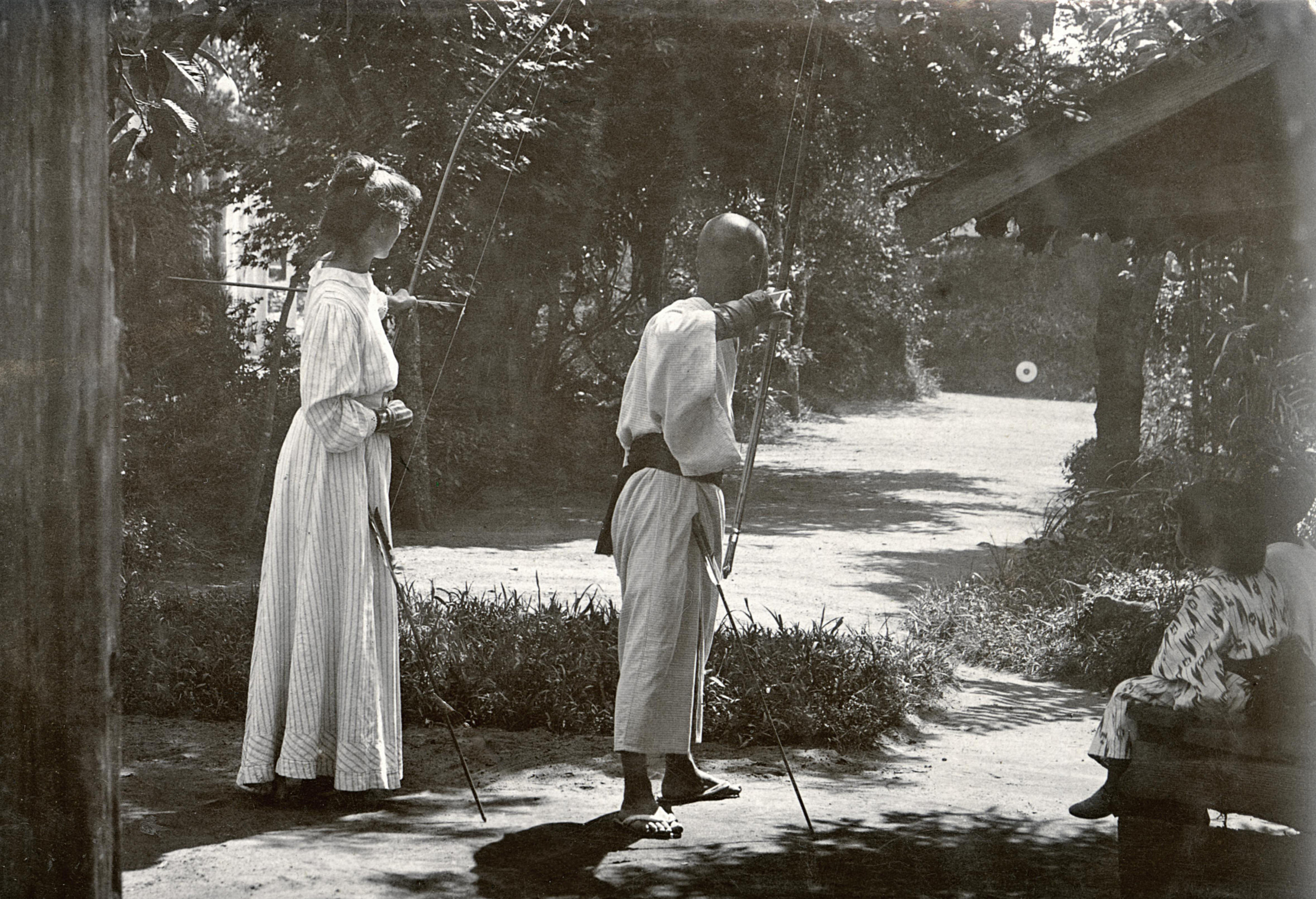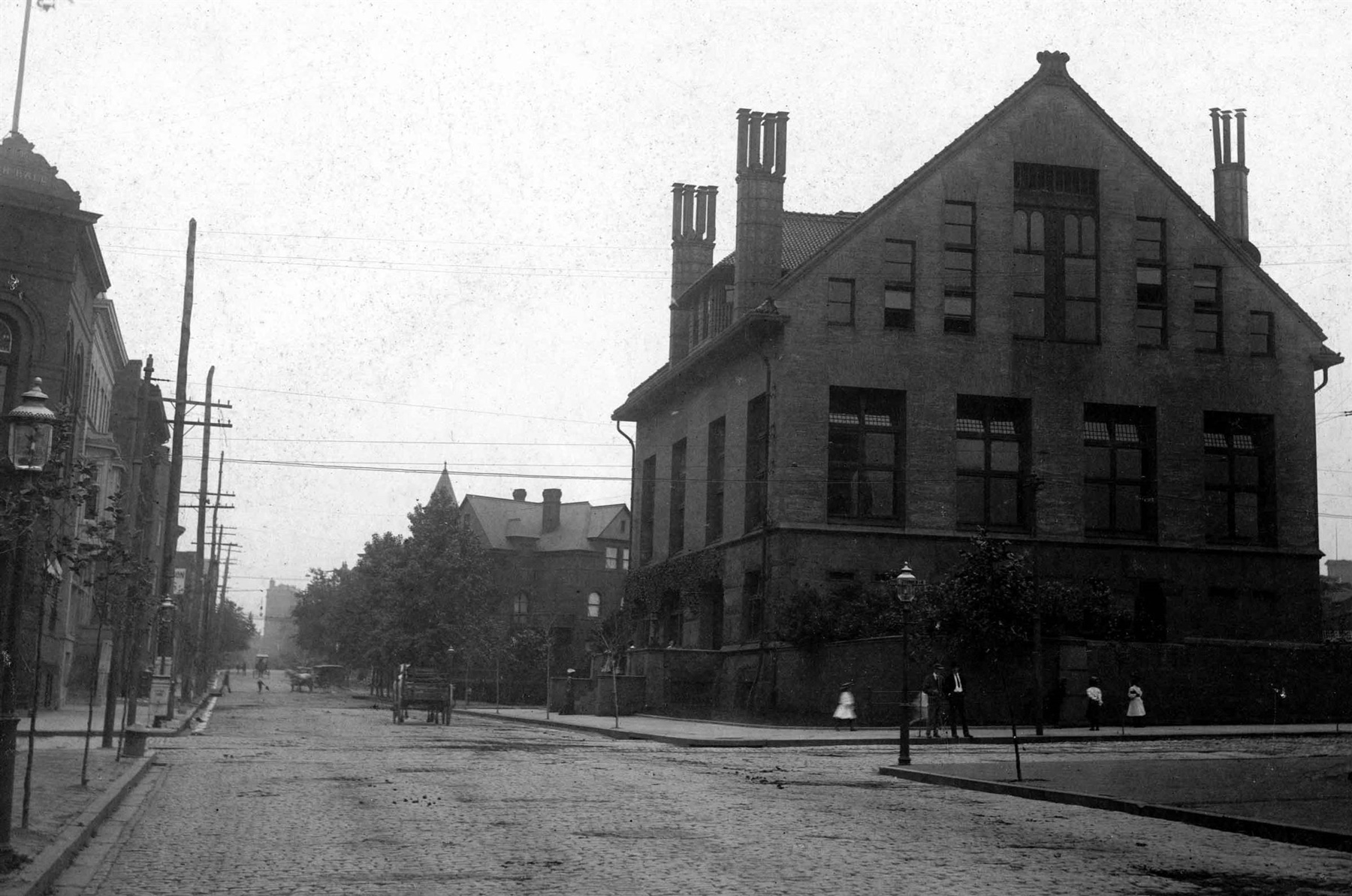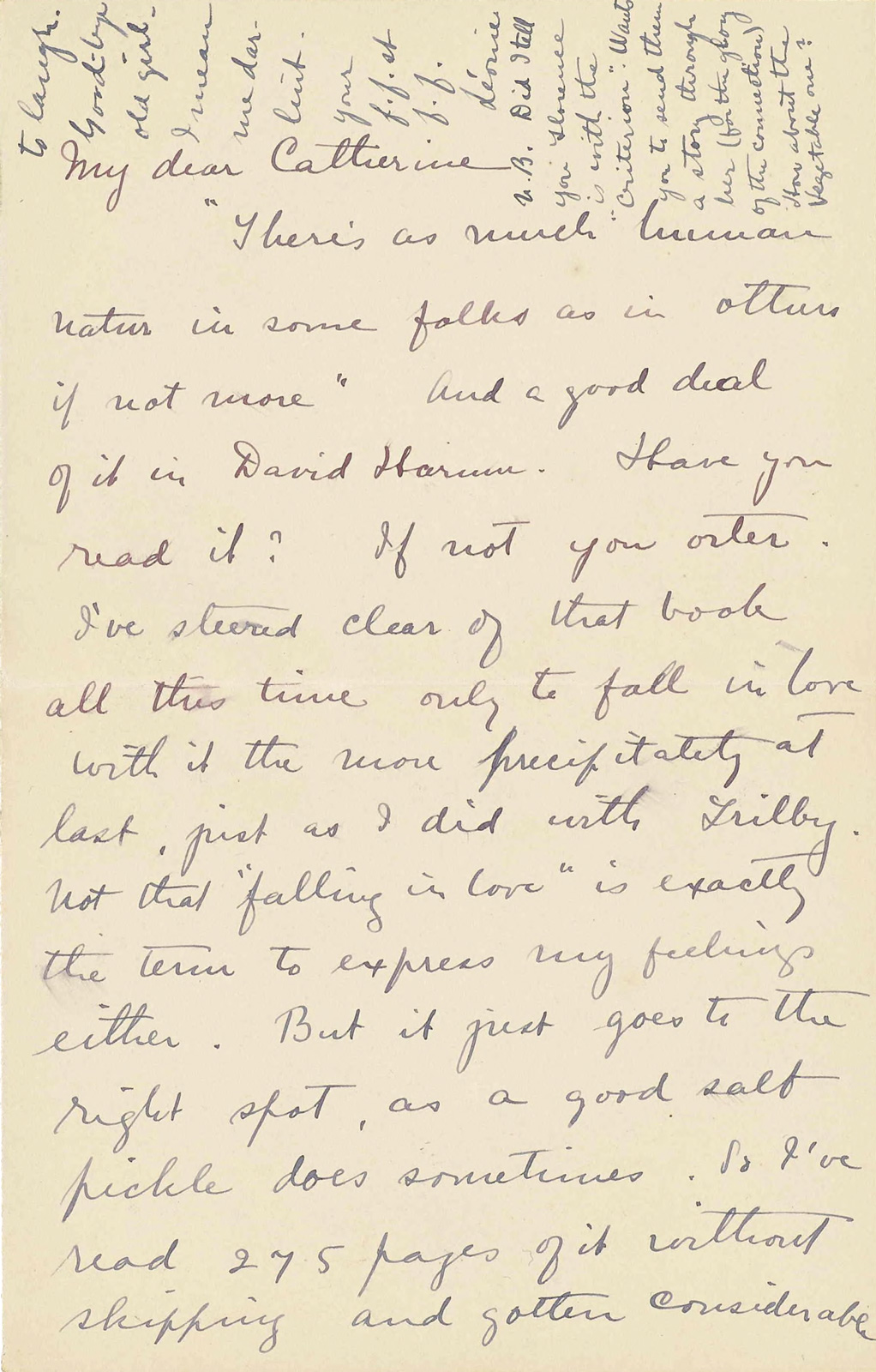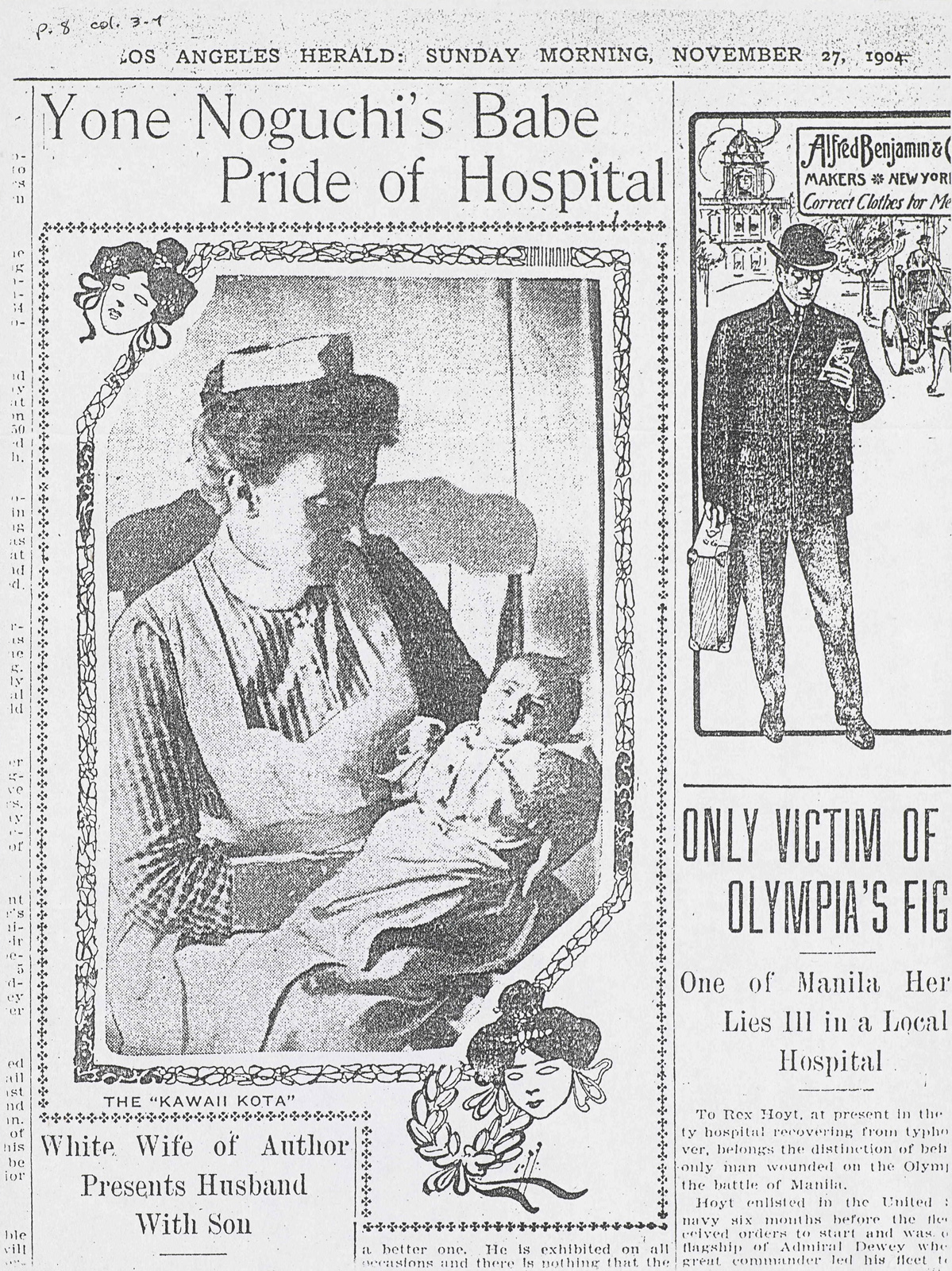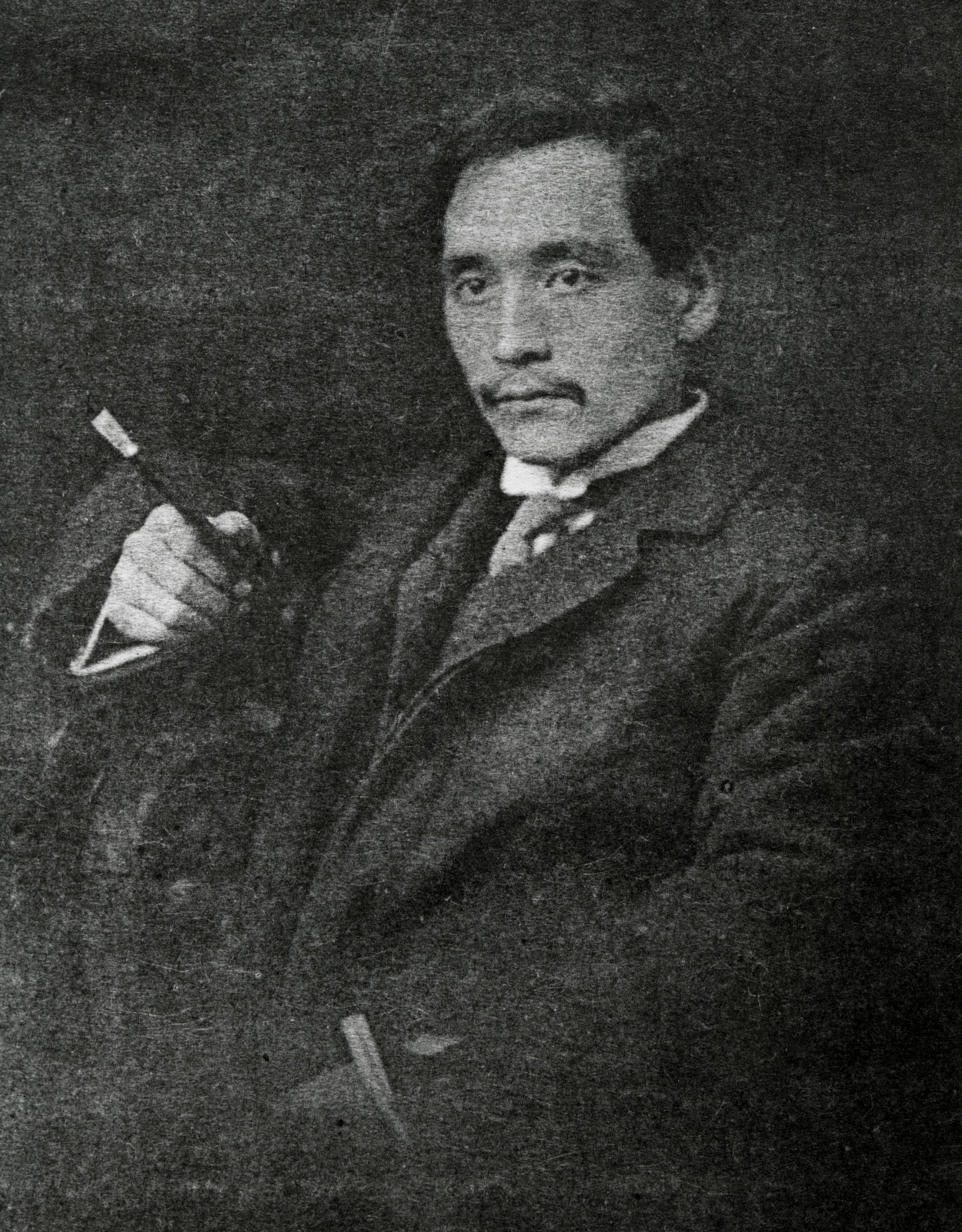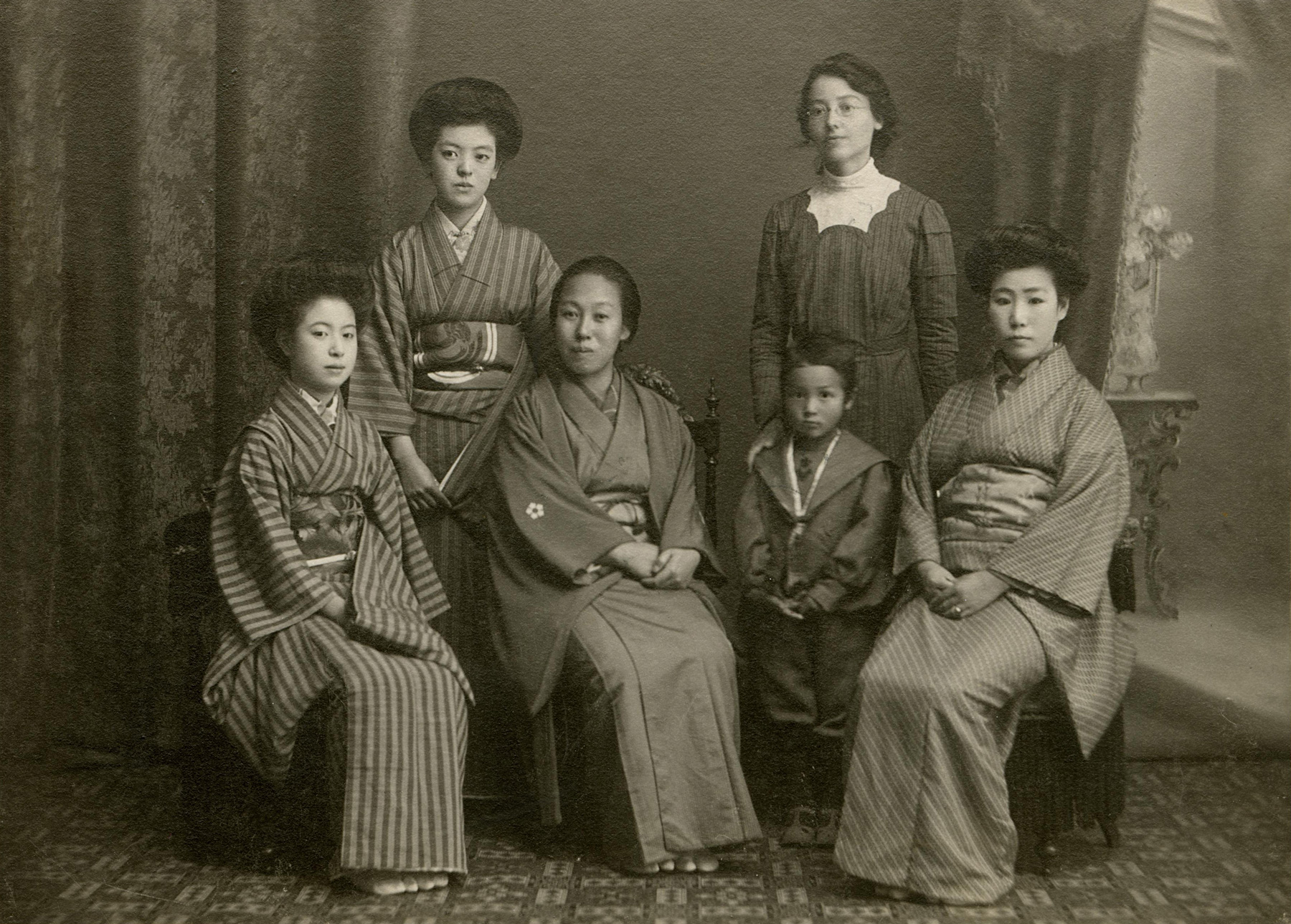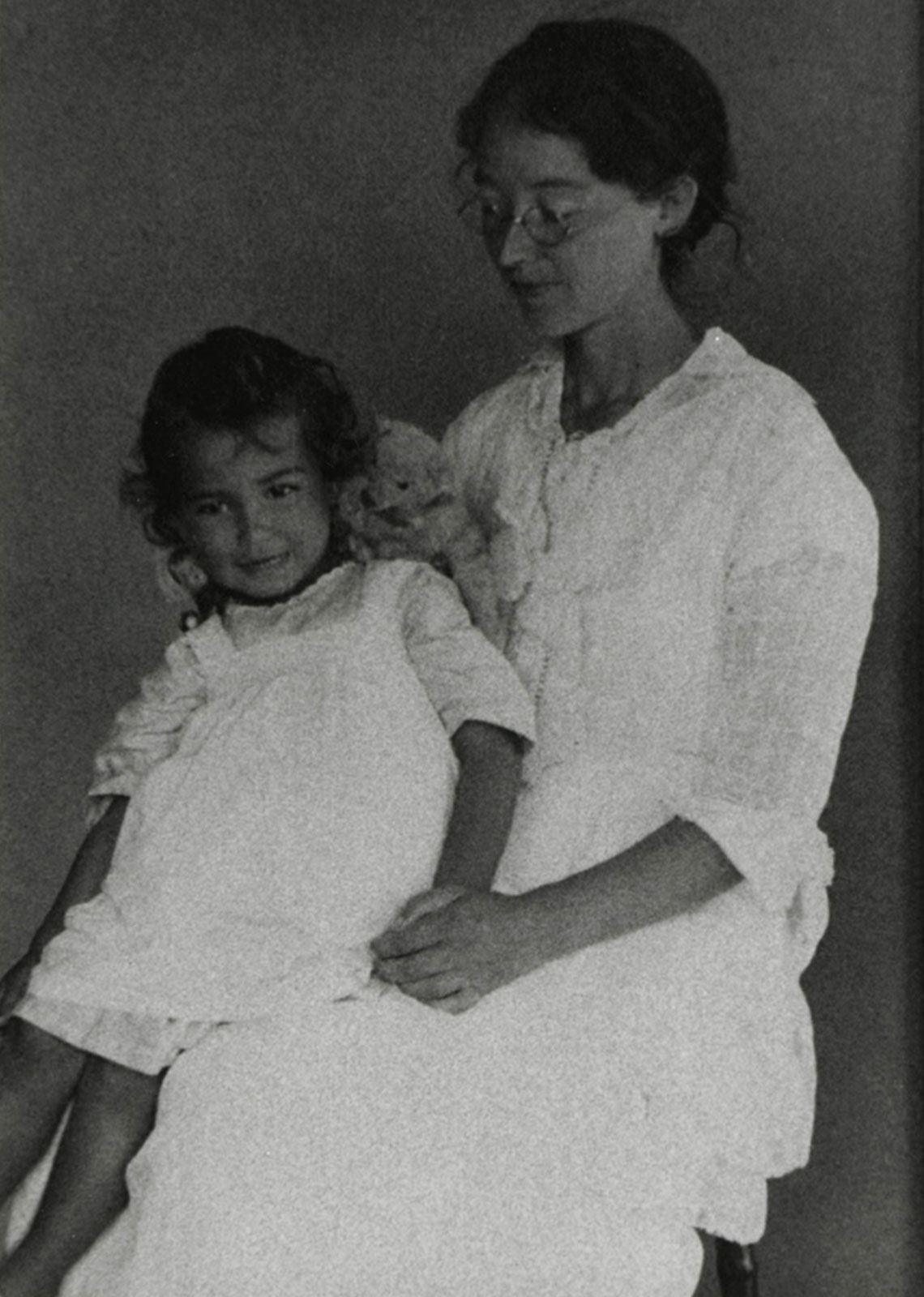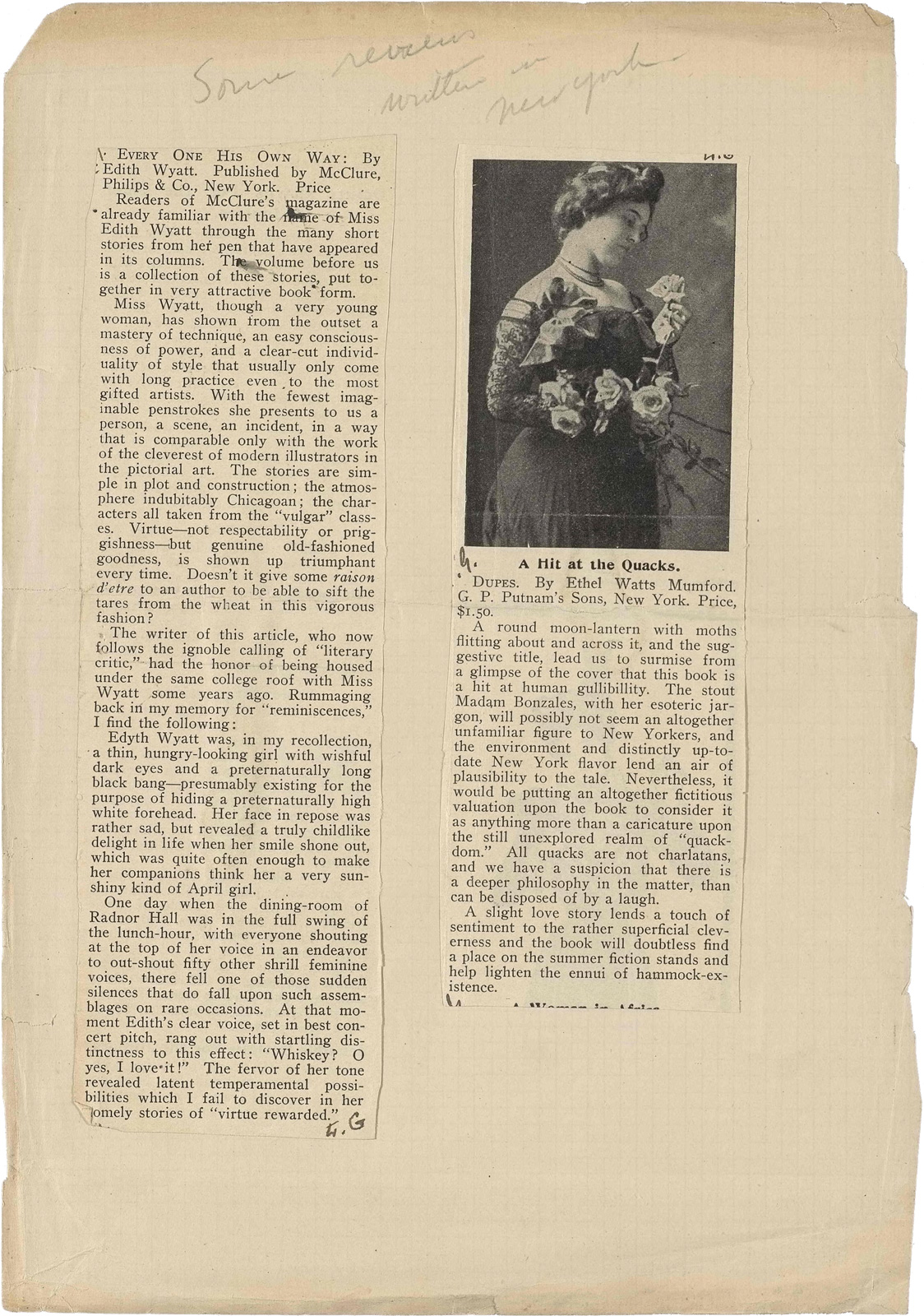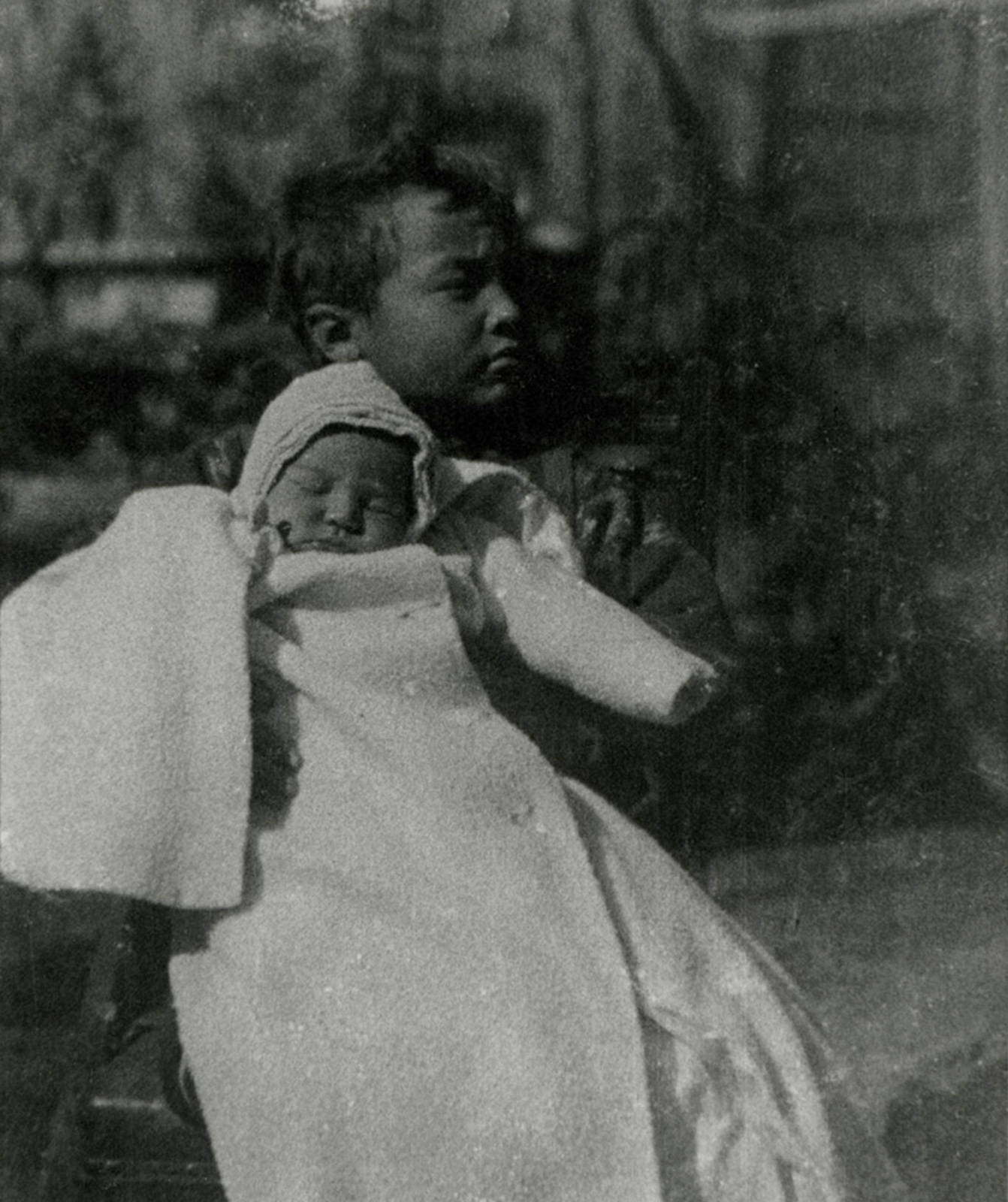Léonie Gilmour (1873–1933) wasn’t one for chronicles. When her son, Isamu Noguchi, was a baby, C. W. Stoddard, a friend, wrote to her: “I hope you are keeping one of those kid chronicles in which all the quaint and clever things he says or does are recorded.” Convinced of Isamu’s brilliance, he added: “This Baby Boy is to be like no other Baby Boy in all the world.”1
Léonie dismissed the idea. “I never liked chronicles,” she recalled decades later. “If one could capture the bright winged moment that like a humming bird [sic] flits over the garden and is gone, or net the shy anemones that bloom in the deeps of the heart and cannot be brought to the sun! The real things are so far from speech.” Ironically, she would write this while attempting to do just that—collate letters and recollections in an incomplete collection she would title “The Kid Chronicle That Was Not Written.” Only her son could persuade her to begin. “Stoddard wasn’t the only one to pester me for chronicles,” she confided. “I evaded them all. And now, the Boy, grown to a man, and not known to fear, commands me to write of our early days in California and Japan, the days before he could remember.”2
Ruminating on the nature of time and recollection, she added:
